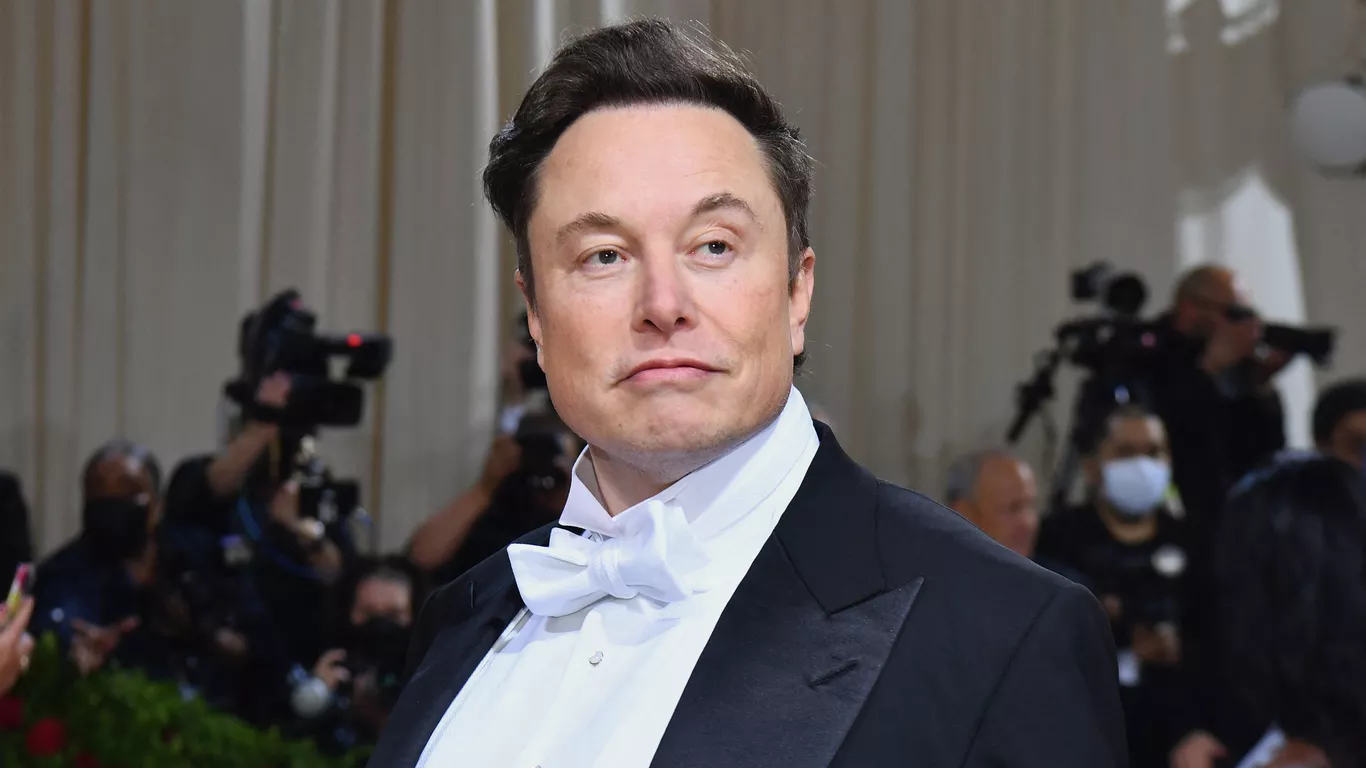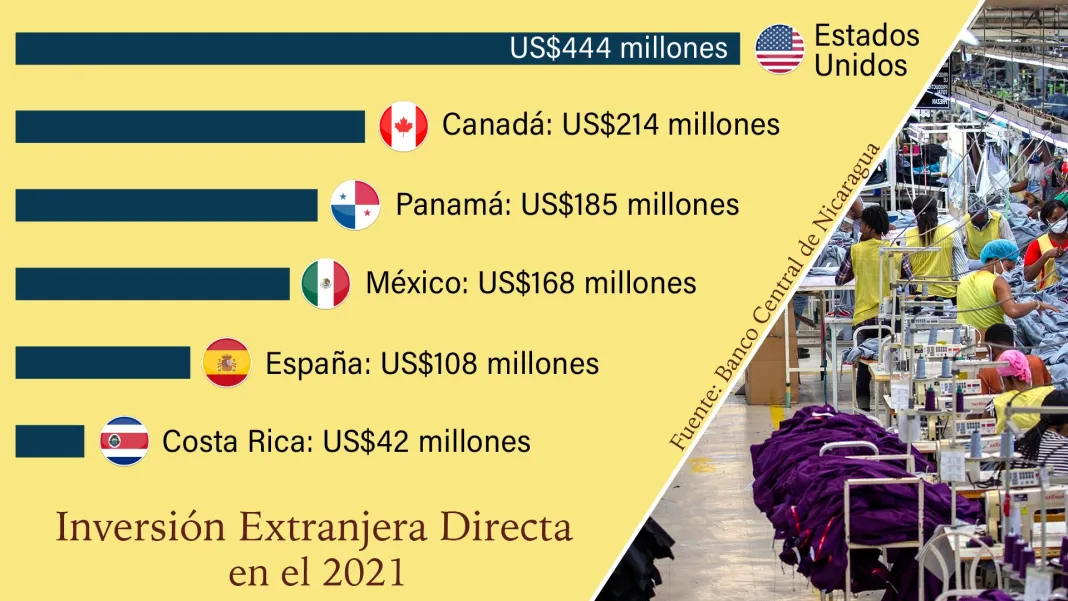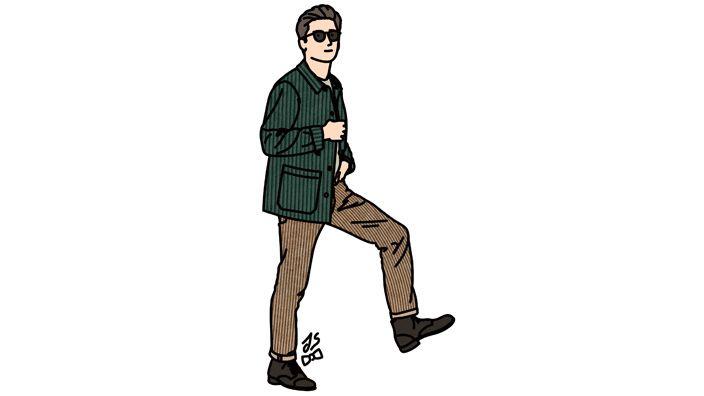The policy recommending the use of masks indoors is back in effect in the United States.
The decision, made by a panel of experts from the Centers for Disease Control and Prevention (CDC, for its acronym in English), comes at a time when the country is registering a large increase in COVID-19 cases.
Monday was only 89,418 new infections, according to Johns Hopkins University a similar number to which it was five months ago. Most cases are of the Delta variant, which is more contagious.
The situation has become particularly alarming in the states with a low rate of vaccination, especially in Southeast countries.
For regions with a high level of contagion, the CDC issued a new recommendation – which is not in order – for people to return to wearing a mask in closed spaces even when they are vaccinated.
They also recommend that students wear face masks when returning to school.
The use of masks has been a controversial issue in the US and has been politicized since the beginning of the pandemic, so this new recommendation opens a new front of debate in the country with more cases and deaths from covid-19 of the world.
This Wednesday it also emerged that the White House Office of Management and Budget has told agencies that they must require the use of a mask inside federal buildings for all employees and visitors, regardless of their vaccination status.
What does the new recommendation say?

Although vaccinated people “have a lower risk” of contracting, becoming seriously ill, or dying from COVID-19, the CDC indicates that there are new “worrying” studies that indicate that they can be transmitters of the virus, particularly of the Delta variant.
“Fully vaccinated people can further reduce their risk of becoming infected with the Delta variant and transmitting it to others by wearing a mask in closed public settings in areas of substantial or high transmission in the community,” says the new CDC guidance.
And it is that the viral load of this variant in a vaccinated person is similar to that of an unvaccinated person, although they do not run the same risk of becoming seriously ill or dying.
The use of a mask is also particularly recommended in all settings for people who are immunosuppressed or with conditions that aggravate the spread of COVID-19, such as diabetes, obesity, and heart conditions.
Also for unvaccinated people and children, so the CDC now recommends its use in schools, which will restart face-to-face activities in the coming weeks.
“CDC recommends universal use of masks indoors by all teachers, staff members, students, and school visitors, regardless of their immunization status,” the recommendation reads.

In a statement following the CDC announcement Tuesday, President Joe Biden acknowledged that for students “it’s uncomfortable,” but said that would allow them to be with their classmates “with the best protection available.”
A question that divides
Last May, President Biden said the US had reached the “big day” of lifting the mask recommendation for fully vaccinated people.
But it is the state authorities that have the power to issue their rules on the mandatory or non-mandatory use of masks, so the policy is not general throughout the country.
Both authorities and citizens of certain states have criticized the “imposition” of guidelines related to the use of masks, social distancing, and vaccination against covid-19.
“I don’t think these mask recommendations are very helpful. There is little gain from fully vaccinated people who wear masks. And those who don’t get vaccinated are not going to wear masks,” Jason Munshi-South, a Connecticut resident, told the BBC.

Announcing the end of the mask policy for the vaccinated in May, Joe Biden said: “It’s a great day for America.”
“The CDC’s decision to remove the mask in the first place was shortsighted and gave people the idea that this, the pandemic, was coming to an end. It is not. And that the CDC says that people should keep wearing masks indoors is not a big surprise, “said Angelica Mata from California.
For Agustín Cortez, from Texas, “it feels like we’re going back to the beginning of all this.”
“I really don’t want to go back to wearing masks indoors, but [the variant] Delta is definitely a concern,” he said.
In conservative states, where vaccination rates are low and infections are on the rise, they have resisted mandating the mandatory use of masks.
Even Arkansas, Arizona, Georgia, Iowa, Oklahoma, South Carolina, Texas, Utah, and Vermont have laws that prohibit schools from requiring the use of masks.

The opposite has happened in California and New York, where orders have been issued for its use.
Mandatory vaccination
President Biden told reporters Tuesday that he is “considering” the possibility of requiring the four million federal employees to be vaccinated to work.
New York Governor Andrew Cuomo also announced Wednesday that all healthcare workers in contact with people must be vaccinated by September.
The measure responds to the fact that, in recent weeks, around 97% of patients admitted to hospitals due to the virus in the US were not vaccinated.
So far, only 49% of the US population is fully vaccinated, falling far short of Biden’s goal of 70% being vaccinated this month.
For Dr. Natasha Kathuria, the narrative that was created at the beginning of the pandemic, that the coronavirus usually causes deaths in older adults, is a problem when it comes to convincing the youngest.
“It’s really hard to reverse that narrative for people in their 20s, 30s, and 40s, even 50-year-olds, who make up the bulk of our new cases,” Kathuria, who is an emergency room doctor, told the BBC.
“We hope that more attention will be paid to the fact that many of our covid patients are younger than ever.”
The policy recommending the use of masks indoors is back in effect in the United States.
The decision, made by a panel of experts from the Centers for Disease Control and Prevention (CDC, for its acronym in English), comes at a time when the country is registering a large increase in COVID-19 cases.
Monday was only 89,418 new infections, according to Johns Hopkins University a similar number to which it was five months ago. Most cases are of the Delta variant, which is more contagious.
The situation has become particularly alarming in the states with a low rate of vaccination, especially in Southeast countries.
For regions with a high level of contagion, the CDC issued a new recommendation – which is not in order – for people to return to wearing a mask in closed spaces even when they are vaccinated.
They also recommend that students wear face masks when returning to school.
The use of masks has been a controversial issue in the US and has been politicized since the beginning of the pandemic, so this new recommendation opens a new front of debate in the country with more cases and deaths from covid-19 of the world.
This Wednesday it also emerged that the White House Office of Management and Budget has told agencies that they must require the use of a mask inside federal buildings for all employees and visitors, regardless of their vaccination status.
What does the new recommendation say?

Although vaccinated people “have a lower risk” of contracting, becoming seriously ill, or dying from COVID-19, the CDC indicates that there are new “worrying” studies that indicate that they can be transmitters of the virus, particularly of the Delta variant.
“Fully vaccinated people can further reduce their risk of becoming infected with the Delta variant and transmitting it to others by wearing a mask in closed public settings in areas of substantial or high transmission in the community,” says the new CDC guidance.
And it is that the viral load of this variant in a vaccinated person is similar to that of an unvaccinated person, although they do not run the same risk of becoming seriously ill or dying.
The use of a mask is also particularly recommended in all settings for people who are immunosuppressed or with conditions that aggravate the spread of COVID-19, such as diabetes, obesity, and heart conditions.
Also for unvaccinated people and children, so the CDC now recommends its use in schools, which will restart face-to-face activities in the coming weeks.
“CDC recommends universal use of masks indoors by all teachers, staff members, students, and school visitors, regardless of their immunization status,” the recommendation reads.

In a statement following the CDC announcement Tuesday, President Joe Biden acknowledged that for students “it’s uncomfortable,” but said that would allow them to be with their classmates “with the best protection available.”
A question that divides
Last May, President Biden said the US had reached the “big day” of lifting the mask recommendation for fully vaccinated people.
But it is the state authorities that have the power to issue their rules on the mandatory or non-mandatory use of masks, so the policy is not general throughout the country.
Both authorities and citizens of certain states have criticized the “imposition” of guidelines related to the use of masks, social distancing, and vaccination against covid-19.
“I don’t think these mask recommendations are very helpful. There is little gain from fully vaccinated people who wear masks. And those who don’t get vaccinated are not going to wear masks,” Jason Munshi-South, a Connecticut resident, told the BBC.

Announcing the end of the mask policy for the vaccinated in May, Joe Biden said: “It’s a great day for America.”
“The CDC’s decision to remove the mask in the first place was shortsighted and gave people the idea that this, the pandemic, was coming to an end. It is not. And that the CDC says that people should keep wearing masks indoors is not a big surprise, “said Angelica Mata from California.
For Agustín Cortez, from Texas, “it feels like we’re going back to the beginning of all this.”
“I really don’t want to go back to wearing masks indoors, but [the variant] Delta is definitely a concern,” he said.
In conservative states, where vaccination rates are low and infections are on the rise, they have resisted mandating the mandatory use of masks.
Even Arkansas, Arizona, Georgia, Iowa, Oklahoma, South Carolina, Texas, Utah, and Vermont have laws that prohibit schools from requiring the use of masks.

The opposite has happened in California and New York, where orders have been issued for its use.
Mandatory vaccination
President Biden told reporters Tuesday that he is “considering” the possibility of requiring the four million federal employees to be vaccinated to work.
New York Governor Andrew Cuomo also announced Wednesday that all healthcare workers in contact with people must be vaccinated by September.
The measure responds to the fact that, in recent weeks, around 97% of patients admitted to hospitals due to the virus in the US were not vaccinated.
So far, only 49% of the US population is fully vaccinated, falling far short of Biden’s goal of 70% being vaccinated this month.
For Dr. Natasha Kathuria, the narrative that was created at the beginning of the pandemic, that the coronavirus usually causes deaths in older adults, is a problem when it comes to convincing the youngest.
“It’s really hard to reverse that narrative for people in their 20s, 30s, and 40s, even 50-year-olds, who make up the bulk of our new cases,” Kathuria, who is an emergency room doctor, told the BBC.
“We hope that more attention will be paid to the fact that many of our covid patients are younger than ever.”























































































